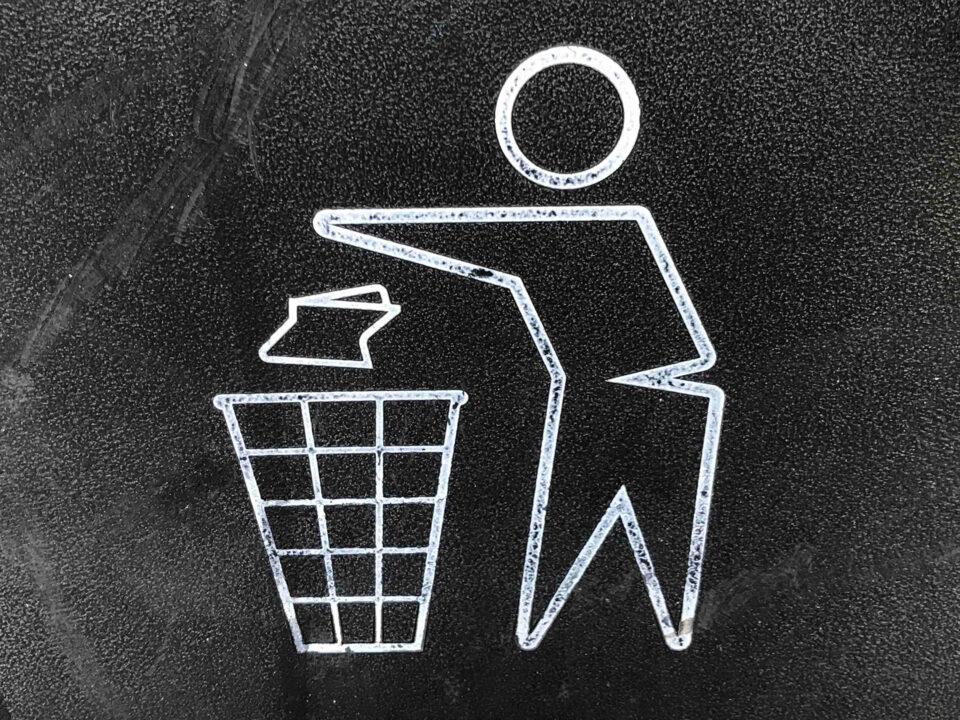
Planning Rules Relaxed on Barn Conversions
August 31, 2021
Timber Frame “Kit “or “Stick “Build
August 31, 2021Percolation tests are as integral as the design, in a drainage field. If either of these elements are incorrect, the system may not be successful. There is no set life span for a drainage field, but this is dependent upon good design and build.
Soakaways fail for many reasons, this is why the BS 6297:2007 and A1 2008 were released. These standards indicate; how soakaways should be designed, why percolation test takes precedence and how they impact the design of a full drainage field.
Due to current legislation it is widely acknowledged that this simple test must be carried out prior to the commencement of any work. Building Control should request this information on visiting the site. This is rarely checked prior to commencement of work, but if this test has been undertaken the drainage field will have been designed correctly, therefore alleviating any problems. If one cannot be produced on request of Building Control, works can be ceased and a removal request submitted. They may ultimately refuse to issue a completion certificate.
The Environmental Agency issue guidance on how percolation tests are to be carried out. The EA give details that once holes have been dug, they should be filled up and left overnight.
The operator then proceeds with the remaining testing the following morning. It is recommended that 2 holes and subsequent tests are carried out 3 times. We always dig 5 holes and test 3 times. If one does fail, a much better result can be found on 4 holes.Percolation tests cost £800 additional costs may be incurred if excavators are required. Percolation tests should not be undertaken if the invert levels of the outlet pipe are more than 1m below ground level. For this reason, the transfer of air to the drainage system will be zero, reducing the likelihood of failure.
Drainage fields (soakaways) are crucial to septic tanks and sewage treatment plants. They give a further treatment of the effluent water that is discharged to ground.
There are many different regulations and a variety of designs for drainage fields. Building Control stipulate that the design should be relevant to purpose of use; number of persons and properties being served.
It is stated in Appendix H of the Building Regulations that:
- 1. They must be a 2m distance from the boundary of your property.
- 2. They are 15m from a habitual part of your/ your neighbours building and downstream of them.
- 3. They are situated 50m from any borehole.
The Environmental Agency also require information on their location, in order to protect Ground Water Zones (Aquifers) that are used for drinking or extracting water, SSI or SSSI areas.




